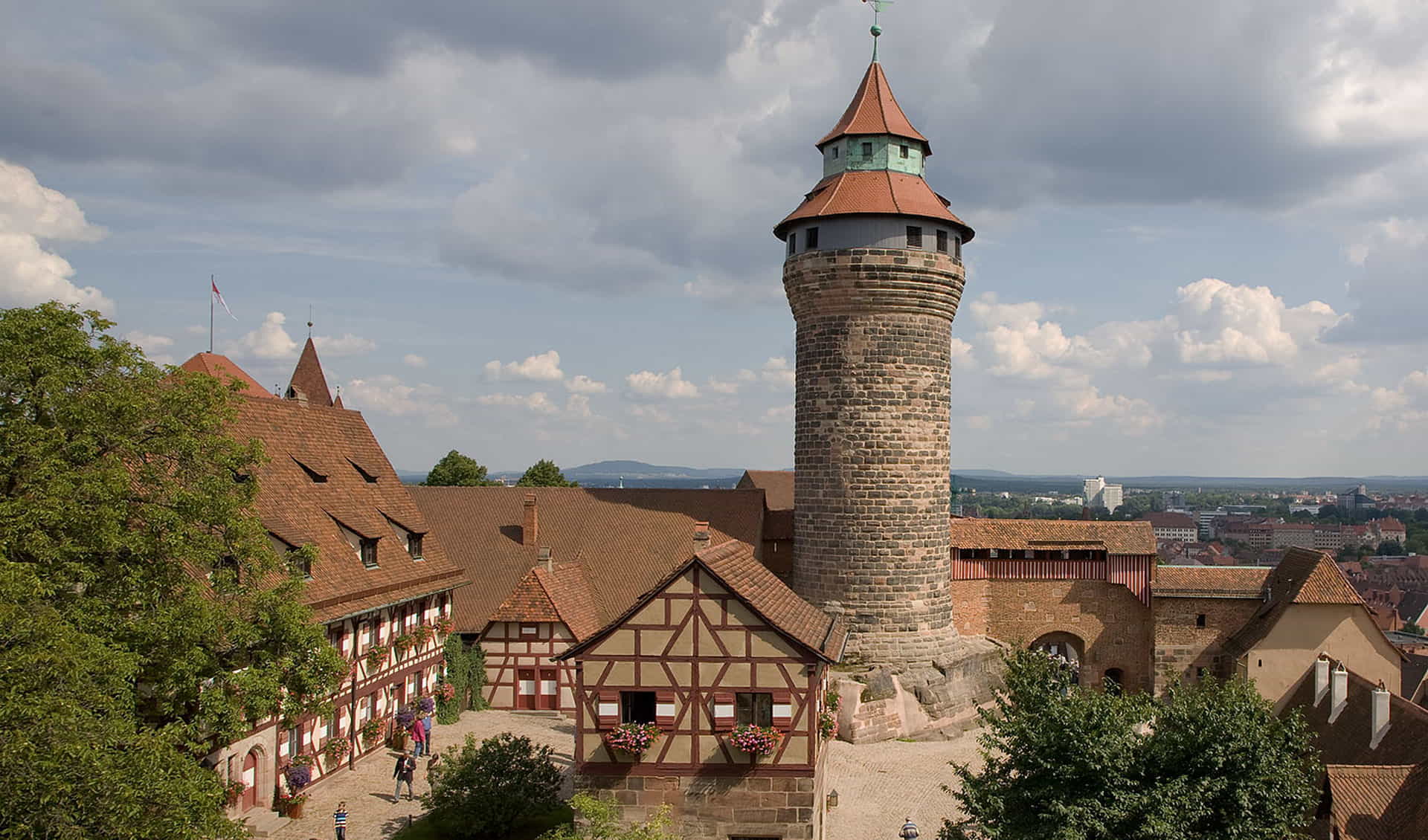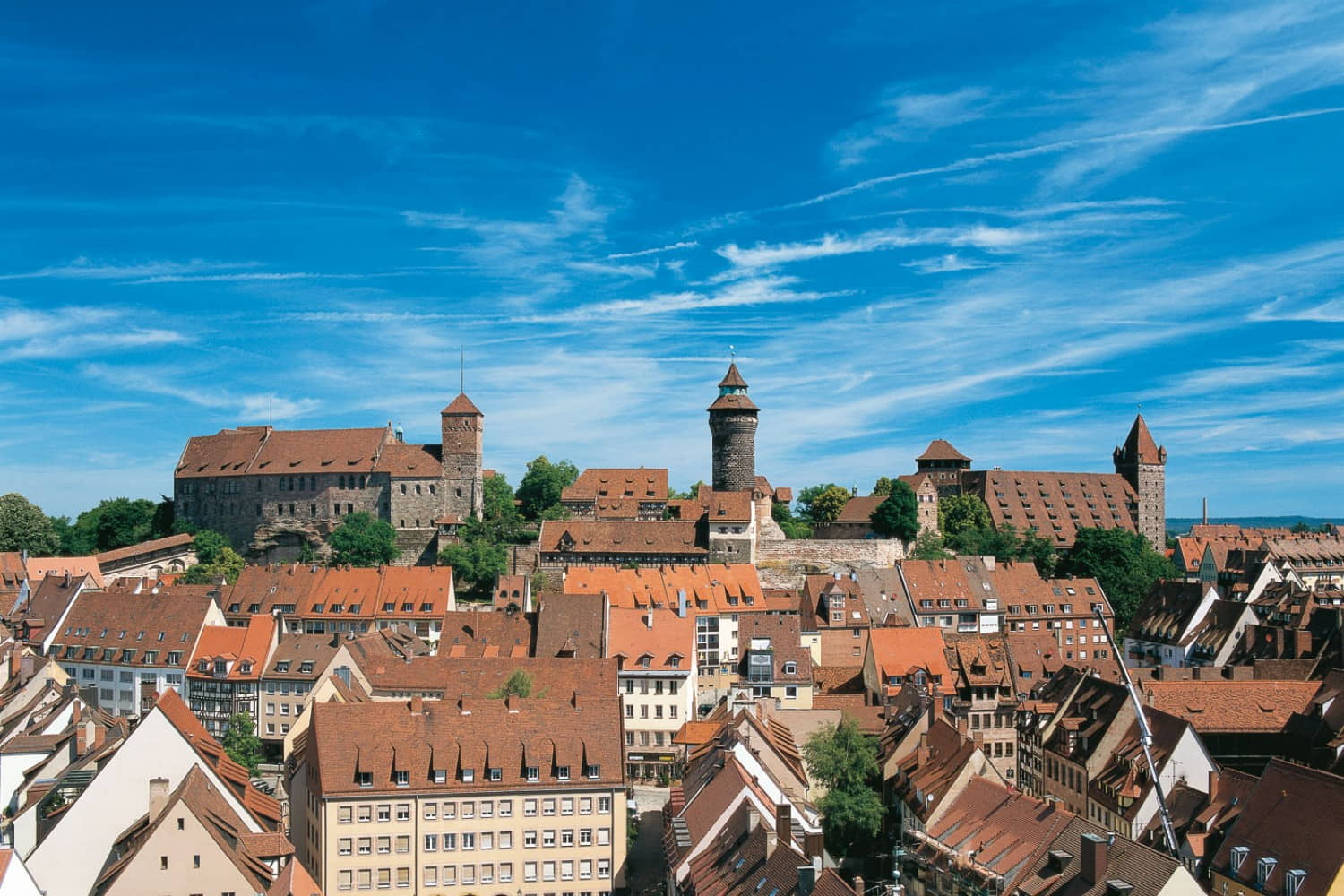Perched atop a rocky promontory, Nuremberg Castle (Kaiserburg) is a testament to Germany's rich medieval past. This formidable fortress, one of the most important in the country, has dominated Nuremberg's skyline since the 11th century. As a key residence for Holy Roman Emperors, Kaiserburg played a pivotal role in shaping European history.
Today, it offers visitors a captivating blend of architectural marvels, historical significance, and panoramic city views. From its deep well to the towering Sinwell Tower, Kaiserburg invites families to step back in time and explore the grandeur of imperial Germany.
Highlights
- Deep Well: 47-meter shaft hewn into the rock
- Sinwell Tower: Panoramic views of Nuremberg
- Imperial Castle Museum: Exhibits on the castle's historical role
Contents
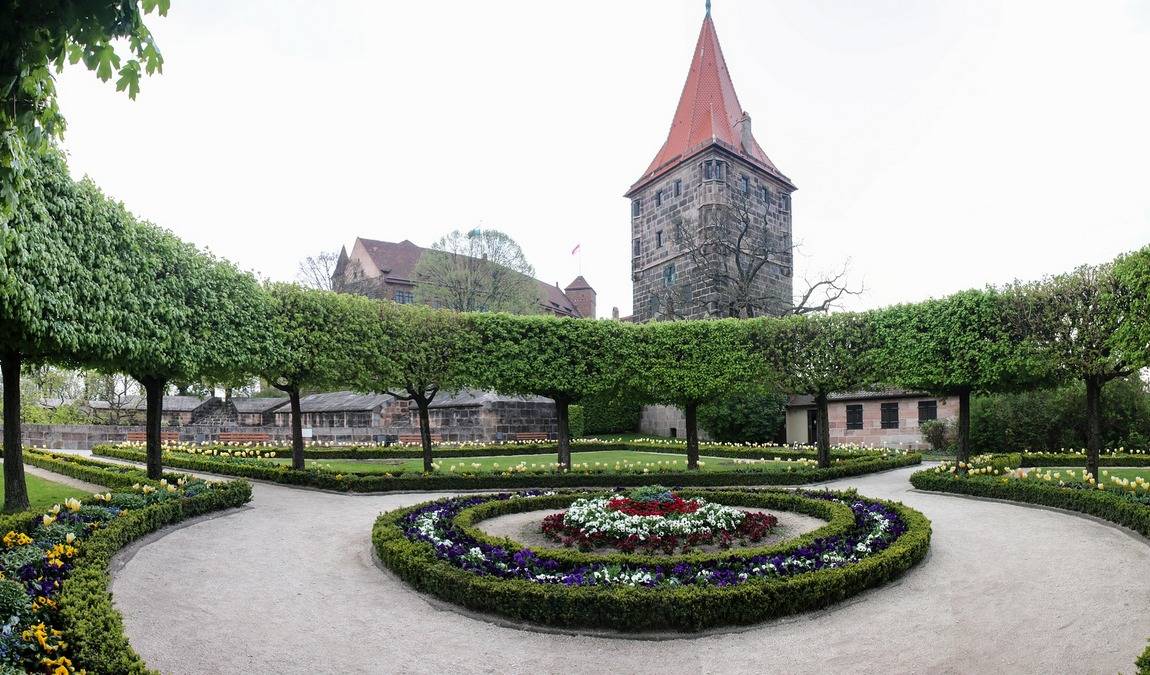 Photo: pixabay.com
Photo: pixabay.com
Here is Why Your Kids Will Find it Interesting
Kaiserburg in Nürnberg is worth visiting with kids aged 7-14 fascinated by knights, castles, and medieval history. The castle's imposing walls, towers, and courtyards spark young imaginations, transporting children to a world of emperors and epic battles. Kids can explore the mysterious Deep Well, climb the Sinwell Tower for breathtaking views, and discover ancient weapons and armor in the museum. Interactive displays and hands-on exhibits make history come alive, ensuring an educational yet entertaining experience for the whole family.
Family-friendly features
- Interactive exhibits in the Imperial Castle Museum
- Guided tours tailored for children
- Spacious grounds for exploration and play
Historical Significance
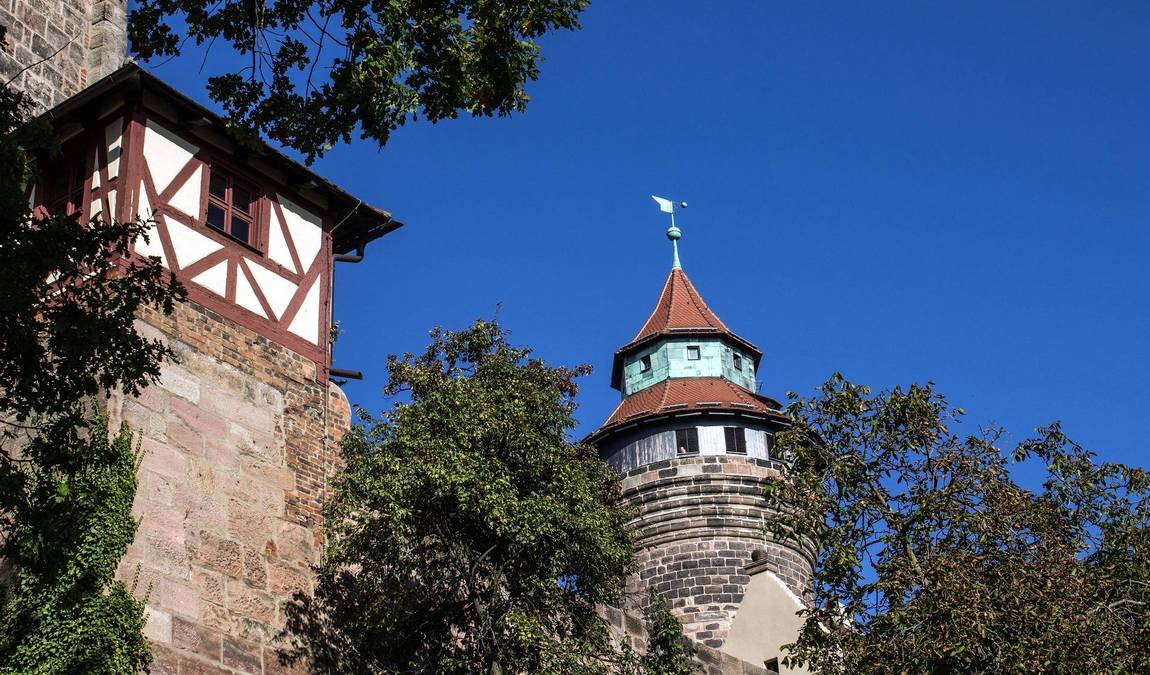 Photo: pixabay.com
Photo: pixabay.com
Kaiserburg's story begins in 1105 AD when it was first mentioned in historical records. However, its true significance emerged between 1050 and 1571, when it served as a temporary residence for all Holy Roman Emperors. This period marked Nuremberg's rise as a central location of the empire, hosting numerous imperial assemblies.
The castle's importance was further cemented in 1356 with the Golden Bull of Emperor Charles IV. This decree mandated that every newly elected ruler hold their first imperial Diet in Nuremberg, solidifying the city's political prominence. From 1424 onwards, Kaiserburg became the safekeeping place for the imperial regalia, symbols of imperial power and authority.
During the age of itinerant kingships, Nuremberg and its castle were favored residences for rulers. This status continued until the Thirty Years' War, which marked a decline in the castle's imperial role but not its historical significance.
Architectural Highlights
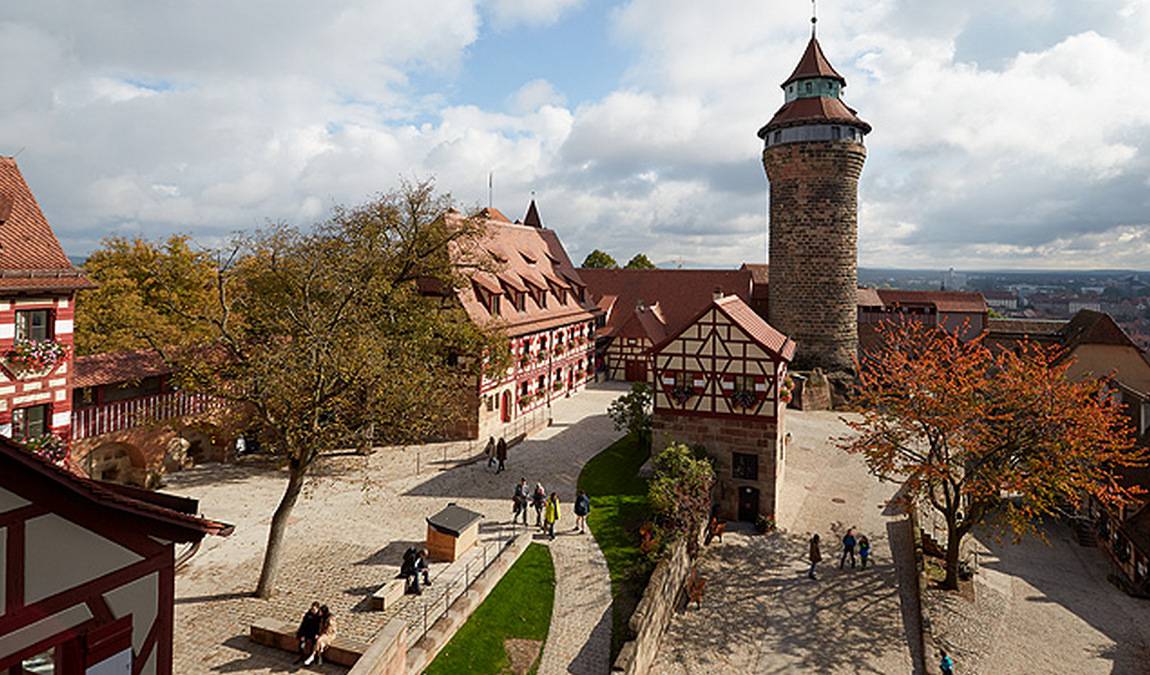 Photo: kaiserburg-nuernberg.de
Photo: kaiserburg-nuernberg.de
Deep Well
Located in the center of the outer bailey, the Deep Well is a marvel of medieval engineering. Its impressive 47-meter-deep shaft was painstakingly hewn into solid rock. Visitors can witness a fascinating demonstration where candles are lowered into the well, illuminating its depths and showcasing the ingenuity of its creators.
Sinwell Tower
The round Sinwell Tower, derived from the Middle High German word for "very round," was constructed in the latter half of the 13th century as a keep for the Imperial Castle. Its topmost story and interior wooden roof construction were added in the 1560s, enhancing its defensive capabilities.
From the observation platform at 385 meters above sea level, visitors are treated to a breathtaking panoramic view of Nuremberg. This vantage point offers a unique perspective on the city's layout and historical development.
Just 600 metres away is the Nuremberg Toy Museum, which is a must-visit with children.
Imperial Castle Museum
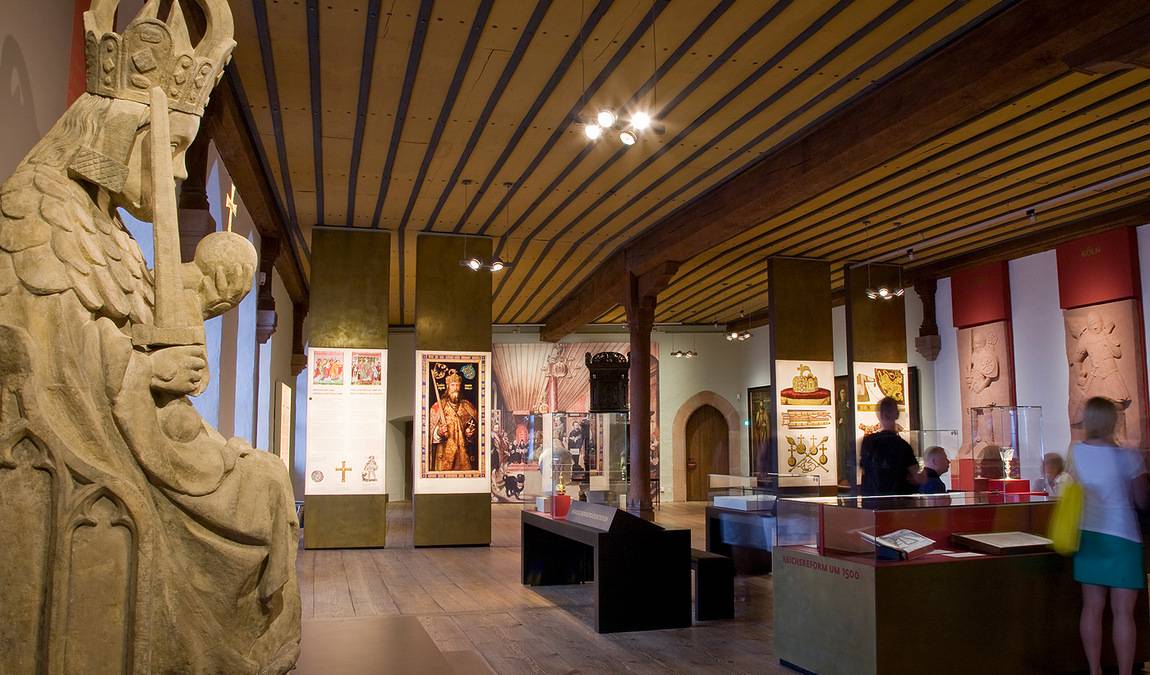 Photo: kaiserburg-nuernberg.de
Photo: kaiserburg-nuernberg.de
Housed in the Senate, a building with heated residential and work rooms, the Imperial Castle Museum is managed by the Germanisches National Museum. The museum's exhibits illuminate the castle's historical role and evolving functions over the centuries.
Visitors can explore a fascinating array of artifacts, including:
- Archaeological finds from excavations
- Ornamental architectural elements
- Models and reconstruction sketches
These exhibits work together to illustrate the rich history of this critical site, offering insights into medieval life, imperial power, and the castle's significance in European history.
Best Time to Visit
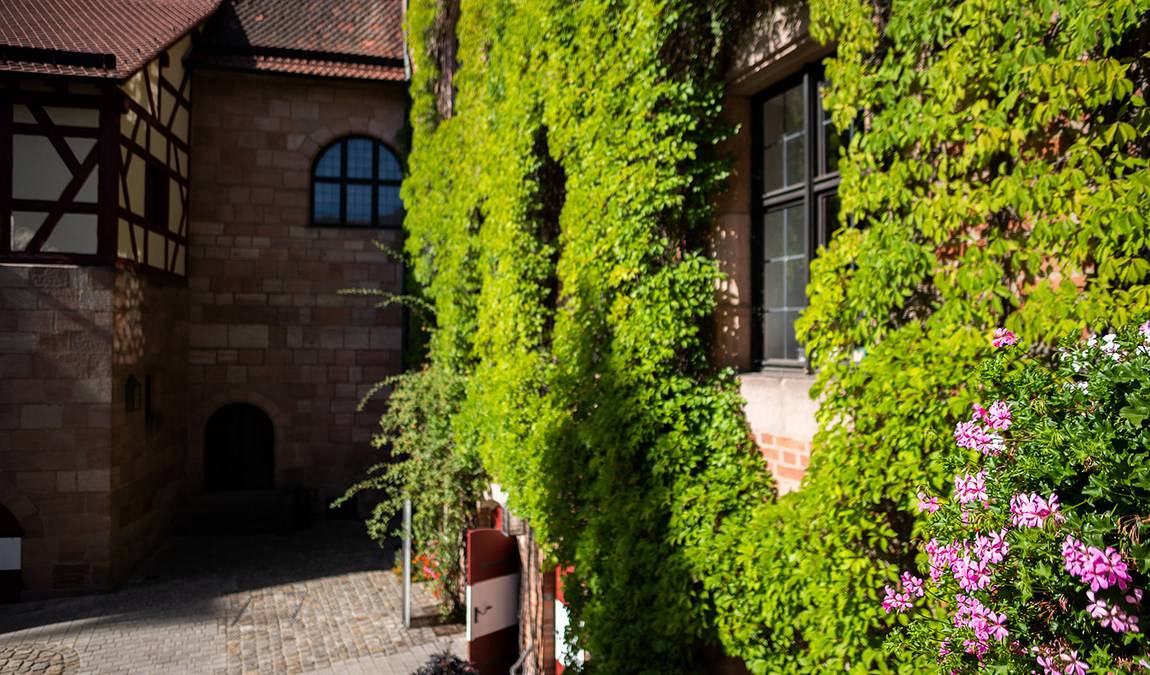 Photo: kaiserburg-nuernberg.de
Photo: kaiserburg-nuernberg.de
The best time to visit Kaiserburg with children is during the spring and summer months (April to September) when the weather is mild and the castle's opening hours are extended (9 am to 6 pm). Weekday mornings tend to be less crowded, offering a more relaxed experience for families.
Recommended Duration: Plan a 2-3 hour visit to explore the castle and its attractions fully.
Resume
Kaiserburg offers families a unique opportunity to immerse themselves in medieval history while enjoying stunning views of Nuremberg. Its blend of architectural wonders, historical significance, and interactive exhibits makes it an educational and entertaining destination for visitors of all ages. From exploring the depths of the Deep Well to admiring the city from atop the Sinwell Tower, Kaiserburg promises an unforgettable journey through Germany's imperial past.


